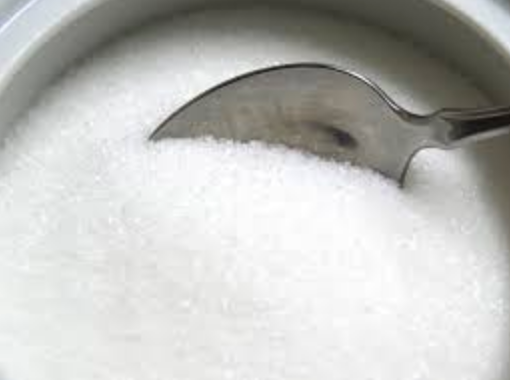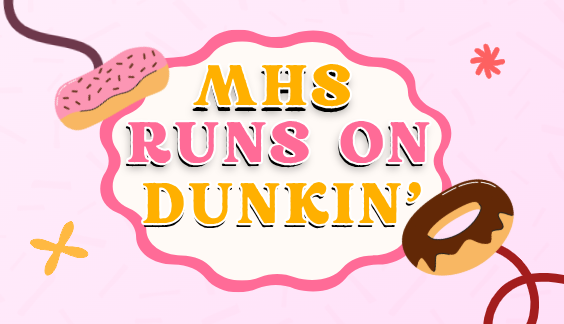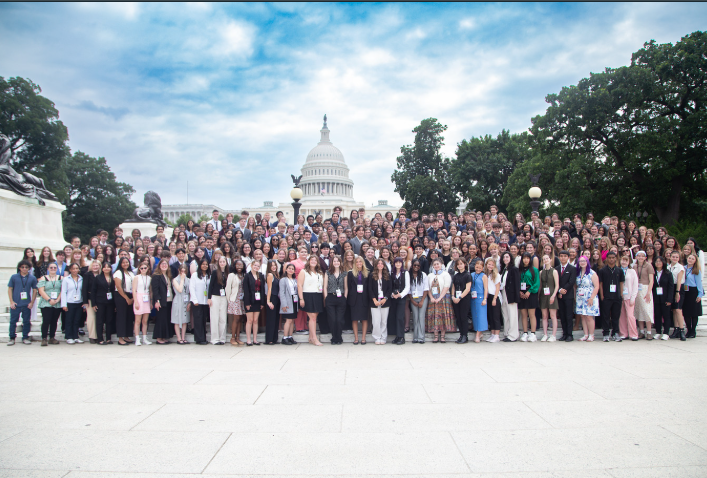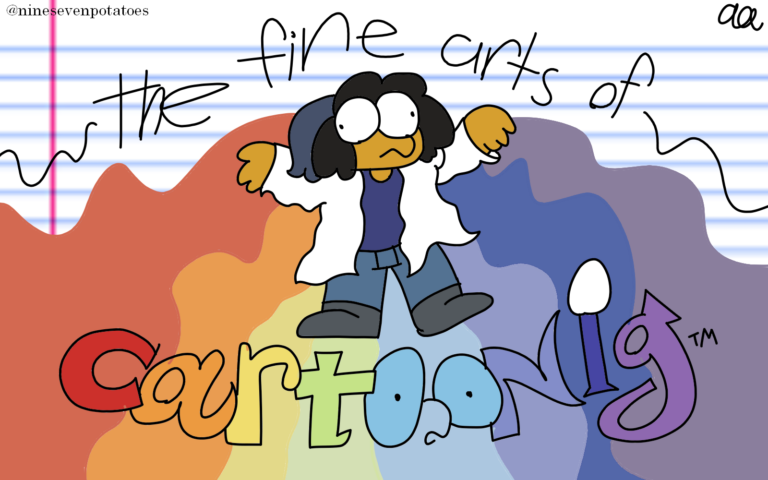
Ever since I’ve come to the US, I have been seeing more and more of the same ingredient in almost all of the foods Americans eat. Sugar. It seems like no food could escape sugar’s wrath because I have been seeing “Incl. 20g Added Sugars” in almost every single packaged food I get my hands on.
It almost became a habit for me to check the “Nutrition Facts” in everything I consume. I would not eat something without checking if the producer company had sneaked in another 20 grams of sugar into the food that I am going to eat.
I’m not saying that you should avoid sugar completely. You should totally get some naturally occurring sugar from vegetables and fruits. And actually you don’t even have to go full veggie-mode, but at least try to consume less of the “Added Sugars” which do not naturally occur in the ingredients of the food you’re consuming.
I think that being aware of the things you put in your mouth is very important and you should be careful about what you eat. Even the foods that are served in our school are full of sugar. Let me break down the sugar content of some of the foods that get served everyday at our school’s breakfast grab and go;
BeneFIT Oatmeal Chocolate Chip Bars: There’s nothing close to fit nor beneficial in this bar. The funny thing is that they still try to advertise how the bar has “3 grams of fiber per serving!” while having 20g of sugar as well. The whole thing is nearly 300 calories, that’s more than 3 bananas (for scale).
Dried Cranberries: A pack of this thing is 32 grams, and it has 22 grams of added sugar in it! You’re basically eating 5 teaspoons of sugar with added cranberries. Oh and there’s also a strawberry flavored version, why would you eat cranberries if you wanted to get the taste of strawberries? Raisins take the win right away against the dried cranberries in my opinion, they have nearly zero additives, zero added sugar and they actually taste like the fruit itself.
Delicious Essentials Chocolate Chip Muffin: Honestly these taste really good so I’m not going to roast them much. Although I have to say something about their advertising, I see lots of ads about how products use whole grains. Using 50% whole grain in your muffin while having 17 grams of sugar and nearly 200 calories would not help your blood pressure that much so try to avoid falling for advertisements like that.
Hood Chocolate Milk: One carton of these has 4 teaspoons of sugar in it. It calls itself an excellent source of calcium but you probably can get your daily need of calcium from other dairy products without added sugars or from vegetables.
Lucky Charms: Who eats cereal anyways?
Cheez-Its: It would sound cool for me to say that even Cheez-Its have added sugar in them but at least those don’t. Some kind of relief at last.
I think you get the general idea of what I’m trying to say here. Honestly I love inspecting the nutritional facts of products so I’d like to review and roast more snacks but I don’t go out of my way to buy any. I think you shouldn’t either.
But what you can always do is to come to school early to get various fruits or other breakfast foods like bagels or croissants. I would like to go into detail about the ingredients on the hot breakfast foods but since they’re not packaged and have their nutritional info on them, I can’t.
We have varieties of different foods for our lunch that change almost every day, I again would love to get into detail on those but I can not know the ingredients without the nutrition facts unless our school gave me a special tour of the kitchen of our school, then I would be able to write a sequel to this article!
I’m also really angry about misinterpreted or outright false advertising. I see lots of products that advertise how they are “Excellent Sources!” (Just like the chocolate milk and the chocolate muffins). An ice cream would advertise how it is an excellent source of calcium while having 30 grams of sugar per serving with 340 calories.
A juice carton that’s being served at our school would say “100% Apple Juice” with a huge text on it and you would barely be able to see the “with added ingredients” at the bottom. 100% apple juice is supposed to mean no added ingredients in my opinion.
Products that get to use the “Excellent Source” label have to have more than 20% of said nutrient. But I would suggest that you don’t eat 3 pints of Ben and Jerry’s frustratingly-long-named ice cream to get in your daily need of calcium just because you saw “Excellent Source of Calcium” on the box. The only excellent thing you would get after that would be 4200 calories.
I would not suggest that you get your vitamin C from packaged food that has the label “Excellent Source Of Vitamin C!” on it while you could have just eaten a kiwi and got over %130 of your daily need of vitamin C. I know that packaged food is easy to access and eat anywhere at any time while eating clean requires cooking skills and the willpower to be accountable for yourself but you need to at least acknowledge the consequences of regular consumption of junk and take action.
After getting so frustrated with my eating habits, I decided to do an experiment on myself to discover food’s secrets. I didn’t eat anything until dinner time for two weeks (basically fasting) to see how it would affect me. Everyone (including me) would think it would ruin your productivity but it turned out to be quite the contrary. I was so focused on my work that I rarely realized that I was hungry. I have done so much work in those two weeks that I get amazed at myself when I look back.
I could read books without zoning out even once. At a certain point, because you know that you’re not going to eat anything you don’t even feel that much hunger. There is a certain amount of stress on you given to you by your body to think about when and what you’re going to eat next. When you’re eating nothing you feel some kind of relief in your mind.
I would suggest everyone fasting or intermediate fasting for a period of time to see the outcome for themselves. But I don’t think that this kind of eating is sustainable in our environment. There are certain times for you to get lunch or breakfast in our school and there’s a certain time for dinner at home too. Even though fasting seems hard I highly suggest that you try it for a while.
If you’re not willing to try intermittent fasting but you would still like to change some things about your diet, try adding foods rather than subtracting others. If you’re eating junk everyday, do not try not to eat junk, try to eat more of the better foods. You used to eat pizza everyday? Still eat your pizza for dinner but try to eat a fruit beforehand. Then later on you could change a single meal in your day to a healthier option. Do not go all out on the first day of your diet, then it is certain that you will fail.
Take a look at this great Ted Talk that won the Ted Prize about American food by Jamie Oliver: https://youtu.be/go_QOzc79Uc
And at the end, why are you taking advice from me anyways? I’m just a guy from your local newspaper…







